|
The Homestead Strike was at a Carnegie steel mill The Homestead Strike is famous as an example of the struggles between labor unions and business owners in the late 1800s. In some cases, as at Homestead, these struggles turned violent. The Homestead steel mill was owned by Andrew Carnegie at the time of the strike - 1892. It was just outside Pittsburgh, Pennsylvania, and employed several thousand workers. Carnegie considered himself a friend of the working man. Carnegie believed, however, that the labor union at the Homestead steel mill made it difficult for managers to run the business efficiently. Carnegie was out of the country at the time of the strike. He told the steel mill's top manager, however, to be prepared in case the union called a strike. |
|
The strike began over workers' pay About 800 of the
3,800 workers at
the mill belonged to a labor union called the Amalgamated Association of Iron
and Steel Workers.
In 1892 the union members and most of the other workers held a meeting. They were angry about the steel mill's plan to reduce the workers' pay. The company said it had to reduce pay for the workers because the price of steel was falling. The workers voted to go on strike. This
photo shows the steel mill and some of the
striking workers.
|
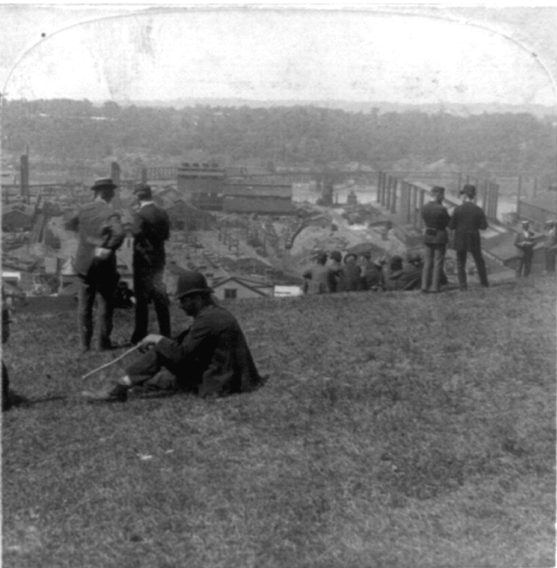 |
|
The Homestead Strike turned deadly The strike at the Homestead became violent when the company brought in armed guards from out of town. The guards were hired partly to protect the factory from the strikers. The guards were also expected to protect new workers that the company planned to bring in to replace the strikers. Not long after the strike began, there was a gun battle between the striking workers and the guards. Ten people were killed and many more were injured. The dead included both strikers and guards. The news magazine on the right is from 1892. The cover shows a drawing of the striking workers beating a group of the guards. News reports of this and other violence during the strike started turning public opinion against the union. |
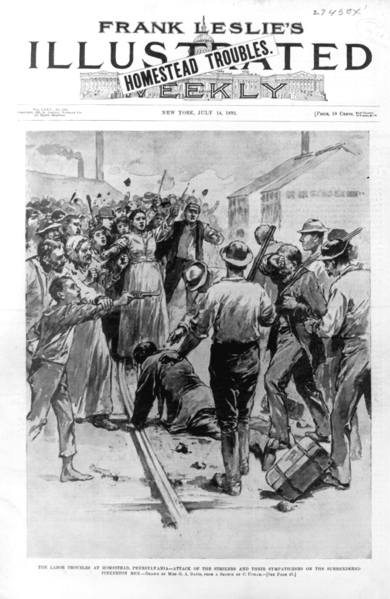 |
|
Pennsylvania's governor sent in the state militia The governor of Pennsylvania sent in soldiers to prevent the situation at the Homestead from getting any further out of control. The photo shows the Pennsylvania state militia troops setting up camp near the Homestead steel mill. The steel mill began hiring replacement workers, and there was nothing the strikers could do about it. |
|
The
strike was a
failure, and most
of the strikers quit the union The
Homestead strike ended badly for the steel workers. After four
months, most of the strikers
gave up. They accepted the pay cut, and returned to work at the
steel mill. The strike was a failure.
The aftermath
(results) of the strike:
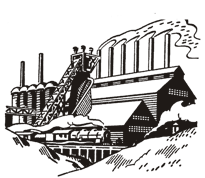 1. Most of the
workers quit the union, leaving it powerless. 1. Most of the
workers quit the union, leaving it powerless.2. There was some loss of public support for the steel workers' union, and labor unions generally, because of the violence. 3. Business owners, most of whom already opposed labor unions, became even more determined to resist them. The photos below show the Homestead steel mill in the early 1900s. There was no effective union for steel workers - or for workers in most other big industries - until the 1930s and 40s. |
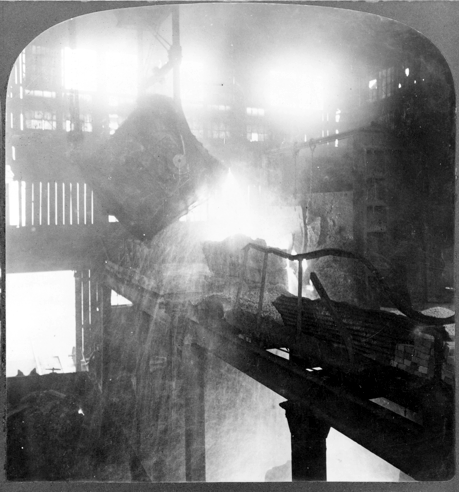 |
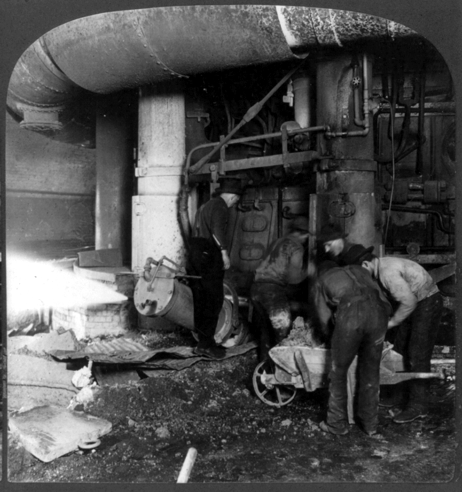 |
|
Andrew Carnegie's regrets Andrew Carnegie's own reputation was also hurt by the strike at the Homestead steel mill. Carnegie later said the trouble at Homestead was one of the great regrets of his life. He said he wished that he and the steel mill's manager had handled the situation differently. |
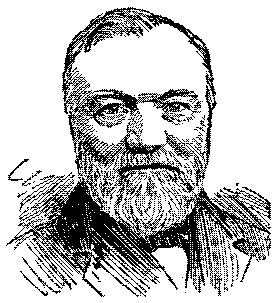 |
Photos courtesy the Library of Congress.
Some have been edited or resized for this page.
|
Copyright Notice
Copyright 2009, 2012 by David Burns. All rights reserved. As a guide to the Virginia Standards of Learning, some pages necessarily include phrases or sentences from that document, which is available online from the Virginia Department of Education. The author's copyright extends to the original text and graphics, unique design and layout, and related material. |